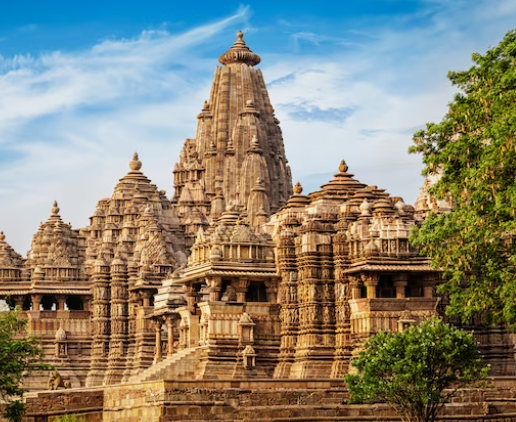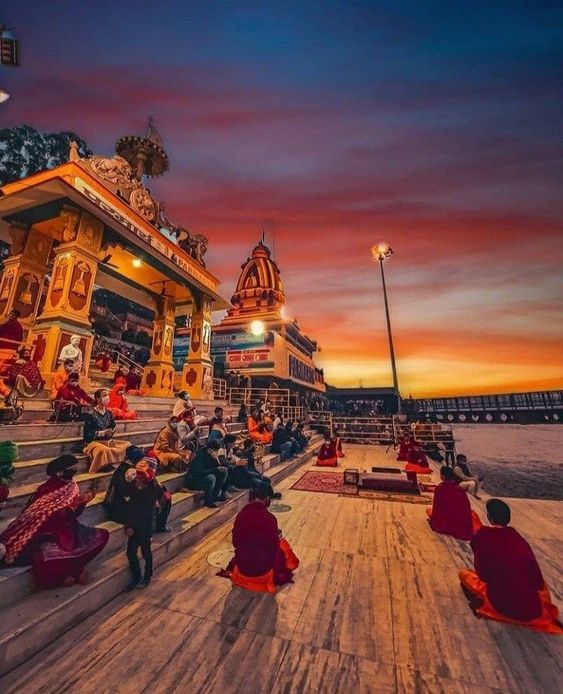
Nestled along the banks of the sacred Yamuna River in the state of Uttar Pradesh, India, the ancient cities of Mathura and Vrindavan weave a captivating tale of spirituality, culture, and historical significance. Steeped in mythology and adorned with architectural wonders, these twin cities stand as living testaments to the rich heritage of the Indian subcontinent.

Mathura: The Cradle of Lord Krishna
1. Mythological Origins:Mathura finds its roots in Hindu mythology as the birthplace of Lord Krishna, one of the most revered deities in Hinduism. Legend has it that the city was established by Shatrughna, the younger brother of Lord Rama, making it a hub of ancient civilization.
2. Historical Significance : Over the centuries, Mathura witnessed the rise and fall of various dynasties, including the Mauryas and the Guptas. The city served as a thriving center of trade and art during these periods, leaving behind archaeological treasures that attest to its historical prominence.
3. Architectural Marvels:The city is adorned with architectural marvels, with the Dwarkadheesh Temple standing as a prime example. Built in 1814, this temple showcases intricate carvings and reflects the architectural brilliance of North India.
Vrindavan: The Enchanted Playground of Lord Krishna
1. Childhood Escapades:Vrindavan, synonymous with the playful adventures of Lord Krishna, is a town that exudes divine charm. It is believed to be the place where Krishna spent his childhood, engaging in joyous pastimes with his beloved gopis and performing the Raas Leela, a celestial dance.
2. Spiritual Hub:Vrindavan became a significant center for the Bhakti movement, a devotional form of Hinduism. The town’s numerous temples, including the Banke Bihari Temple and the ISKCON Temple, attract pilgrims and devotees from around the world.
3. Historical Layers:While Vrindavan is steeped in mythology, it also bears the historical imprint of various rulers. The Mughal emperor Akbar is said to have constructed the Shahji Temple in the 16th century, blending Islamic and Hindu architectural styles.
Cultural Fusion and Celebrations
1. Festivals and Traditions:The vibrant culture of Mathura and Vrindavan comes alive during festivals, most notably during Holi—the festival of colors. The streets become a canvas of hues as locals and visitors participate in the exuberant celebration, mirroring the joyful spirit of Lord Krishna
.2. Cultural Heritage:The cities’ cultural heritage is reflected in traditional dance, music, and local art forms. The Ras Lila performances, depicting episodes from Krishna’s life, continue to enchant audiences and preserve the cultural legacy of the region.
Preserving the Legacy for Future Generations
As guardians of ancient traditions and custodians of spiritual narratives, Mathura and Vrindavan continue to be beacons of cultural and religious significance. The history embedded in their temples, ghats, and narrow winding lanes offers a glimpse into the enduring spirit of a civilization that has thrived along the sacred banks of the Yamuna for millennia.In essence, the history of Mathura and Vrindavan is a kaleidoscope of myth, history, and spirituality. As time unfolds, these cities remain eternal, inviting pilgrims, historians, and seekers alike to traverse their hallowed streets and absorb the timeless stories etched in the very fabric of their existence.


